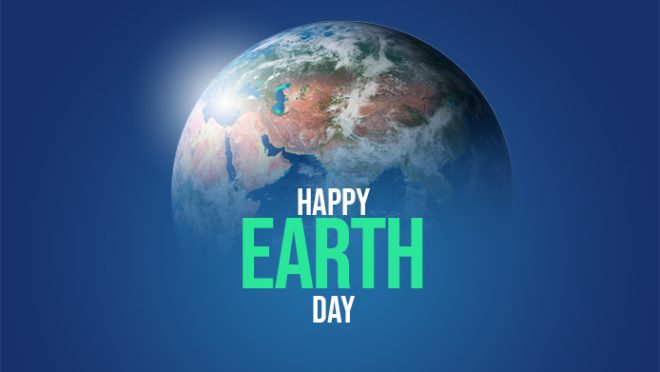Earth Day: When the Earth was our mother
Earth Day: When the Earth was our mother

On 17th April 2025, Dhaka’s air quality was ranked as the worst in the world by the Air Quality Index. And in the evening, after a much-needed bout of citywide rainfall, the quality has improved to about smoking 1.1 cigarettes per day. Now, this is hardly any news. Dhaka is known for having terrible air quality, but it got me thinking as Earth Day approaches, why does the Earth accept the horrible things we are doing to it?
In the 1960s, as the Cold War was ongoing and rapid modernisation was taking place all over the planet, US Senator Gaylord Nelson took the initiative to commemorate a day to celebrate the Earth. Peace activist John McConnell proposed the idea at the 1969 San Francisco UNESCO Conference, but it was the Wisconsin native Senator Nelson who successfully materialised “Earth Day” through a nationwide teach-in on 22nd April 1970.
More than half a century later, you’d be lucky to find any calendars that have “Earth Day” marked on them. But does that mean the day has been unsuccessful? More importantly, how did our ancestors celebrate the Earth?
Oil spill and a promise to fulfill
Six miles off the coast of Santa Barbara, California, Platform A, a Union Oil drilled well, blew out on the morning of 28th January 1969. In the following days, more than 10 million litres of oil spilt into the surrounding area, killing more than 10,000 seagulls, seabirds, sealions and other marine life. Known as the Santa Barbara oil spill, it is one of the most devastating environmental tragedies in the world, but more importantly, it caused the US population to start thinking about the environment.
Soon after this man-made disaster, activists around the world came together to promote the idea that maybe killing everyone else is not a good idea. To this day, it remains a very conflicting statement, especially to Benjamin Netanyahu.
Senator Gaylord Nelson appointed Denis Hayes to organise the teach-in that would end up giving birth to the concept of “Earth Day”, shaping environmentalism in the process. The day is often credited with the creation of the Environmental Protection Agency (EPA). It also led to the introduction of major legislation such as the Clean Air Act, Clean Water Act, and Endangered Species Act.
Back in time, when the Earth was a divine
Let’s go back a few thousand years, when man-made structures did not blow deadly black fumes into the skies or drop waste into the waters. Back when we walked in between trees and not onto paved roads of symbolic extinction.
Back then, Gaia controlled your destiny. The Greek mother goddess, she was the primordial being from whom the Titans and the Olympians descended. Furthermore, you’d be greeted by Sif and Nerthus, the Germanic deities of the Earth. You’d be praying to them for your crops, thanking them for a good harvest.
In the Slavic region, Mokosh would sit in the afternoon and spin flax and wool, shearing sheep. Elsewhere on the isles of Britain, Danu would live by the rivers of the land and spend her days looking over her children. You would find Prithvi in the subcontinent, the Vedic mother goddess who was responsible for providing sustenance to all living beings.
In Africa, Asase would be called during the harvesting seasons. The Akan goddess of truth, protection, love and the Earth, she would be revered by everyone in the land. Then in Egypt, you would find Geb, God of the Earth and the Land.
Jungles of concrete and lies
Our ancestors believed that the Earth was a deity, a divine being and sometimes the most important aspect of their belief. Their whole life revolved around the Earth, the land that fed them, the skies that sheltered them, and the air that gave them their soul. This is why in mythologies around the world you will find the Earth being deified.
Now that we can control the environment around us, we have forsaken our pasts. We are now the masters of our own destiny, and we do not need the Earth for our sustenance or shelter. We can create it ourselves; we are now powerful; we are now at the top of the food chain.
We have buildings that touch the sky and ships that travel the oceans. We have land to build luxury houses and forests to build industries and factories to propel our arrogance forward. We are truly the masters of the Earth, the water, the air and the terrain.
There have been five major mass extinction periods in this planet’s history; however, life always found a way to survive. Today, as we stand in sky high temples to our own ego, we are going through the sixth mass extinction. But this time, the blood is on our hands.


